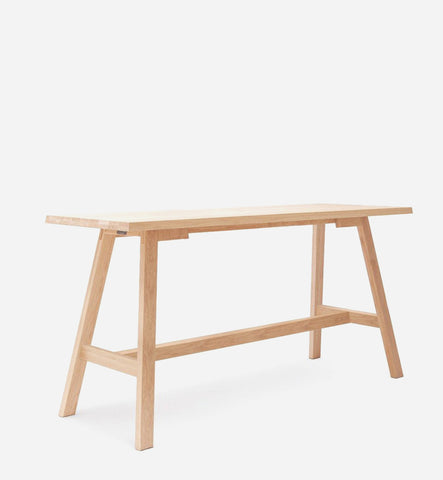A database is only as good as the information it contains. It's important to edit the information in your database to keep it accurate and up to date. You can update and modify spatial (features on a map) and nonspatial data (a stand-alone table of sales figures for example) through the Table view.
Verb Active Media Table is specifically designed to support different learning modes in large active classrooms. Simply raise or lower the monitor for seamless transitions as students move between discussion, presentation and group modes in today’s learning spaces. The Commerce Casino. From Hold‘em and Pai Gow to EZ Baccarat and beyond, we’ve got a game for everyone. And with hundreds of tables, you'll never have to wait to play. Come find out why people who love to play choose The Commerce.
ArcGIS Pro automatically starts an edit session when you modify existing data or create new data. There are no buttons to start or stop an edit session. When you make edits in the table view, the edit session remains active until you save or discard your edits. If you want to safeguard against unintentional edits, the Edit ribbon can be customized to include the hidden Enable editing button which prevents editing unless it has been purposefully enabled.
Some tables are not editable, such as text files (.xls, .xlsx, .txt, and .csv, for example). These tables are read-only when they are in a map. If you edit this data externally, for example in Excel, you must add the text file to the project again.
Active Duty Military Pay Tables
Some attributes are not editable in the table. All managed fields such as ObjectID, Shape_Length, and Shape_Area are not editable. You are also restricted from editing fields that have been demarcated as read-only for the layer in the Fields view of the table. You can edit joined tables, but only the base table fields. Fields from the joined table are read-only.
Edits can include editing a value in a table cell and editing a field with contingent values. You can also copy and paste values from applications external to ArcGIS Pro, as described in the Copy and paste values from other applications section below.
Note:
Use the Fields view to create, modify, and delete fields.
The importance of ObjectIDs
ObjectIDs are necessary for managing data. Tables without ObjectIDs, also referred to as non-OID tables, have limitations. Non-OID tables contain read-only tabular data that cannot be modified. To edit non-OID tables, the best practice is to create a stand-alone database table.
The Table To dBASE tool or Copy Rows tool converts tables so they can be used in ArcGIS Pro. Additionally, the Table To Table tool gives you control over the output location. For data with spatial information, the XY Table To Point tool creates a new point feature class based on the x- and y-coordinates defined in the table. For Excel tables, this can be done using the Excel To Table tool.


Copy and paste values from other applications
To update an existing database table with information from another application, such as Microsoft Office Excel or Word tables, you can paste a single cell value, values for an entire row, or values of consecutive columns.
Copy the information from the other application that you need to the clipboard. Highlight the starting cell in your database table inside ArcGIS Pro and paste the values using Ctrl+V or right-click and click Paste. New rows are created if the number of pasted values for a field is greater than the current table row count. Pasted values are also rounded to match the numeric format of the field. For example, pasting 2.7 into an integer field rounds the value to 3. Commit your edits to the database by clicking Save Edits in the Manage Edits group, on the Edit tab.
If a pasted item is invalid for the field you are editing, a warning appears. For example, pasting a value outside of a range domain, or pasting a text value into a numeric field. The cells are not modified.
The following tips may be helpful when copying and pasting values:
Active Aqua Tables
- Table filtering is honored—if your table has a definition query or hidden fields, the pasted values do not modify the data outside the current filter.
- Pasting empty values into a field that allows null values pastes a null value.
- Either the code or description can be used to paste into fields with subtypes or domains.


Related topics
